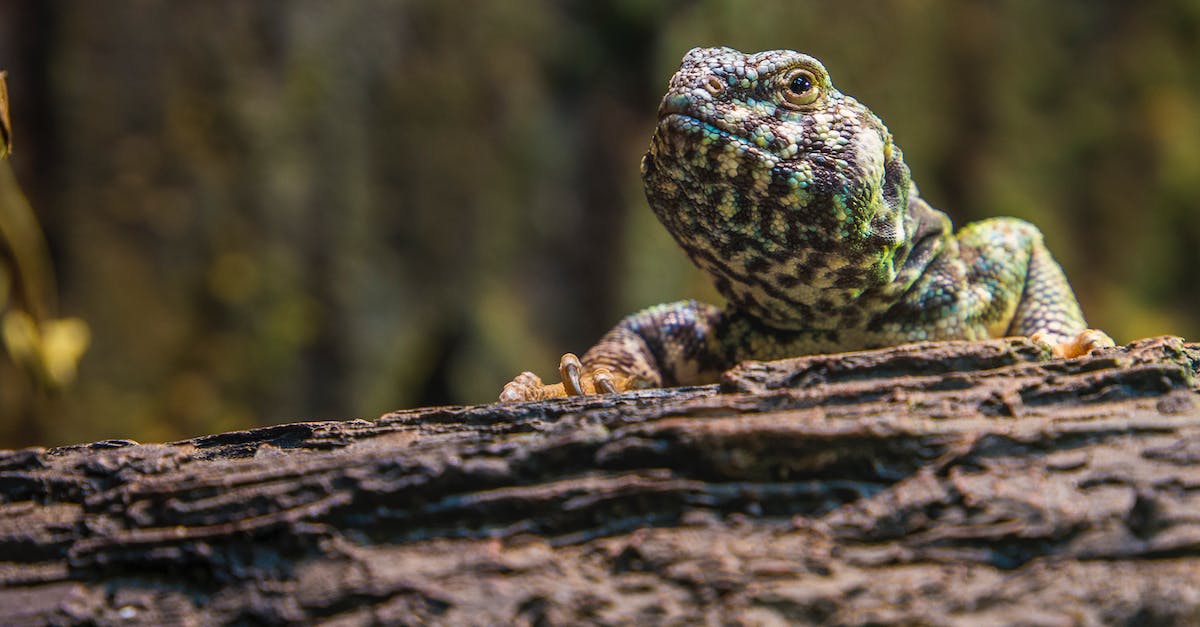Welcome, dear readers, to the fascinating world of reptiles! As one of the most ancient groups of animals on earth, these cold-blooded creatures have evolved to thrive in some of the harshest and most extreme environments on the planet. From the fierce Komodo Dragon with its deadly venomous bite to the docile Turtle that can live for over a hundred years, reptiles come in all shapes, sizes, and temperaments.
Did you know that some species of reptiles can go without food for months on end? Or that the skin of some lizards can change color to match their environment? How about the fact that Crocodiles are able to regulate their body temperature to the exact degree, no matter how hot or cold their surroundings maybe?
Reptiles truly are an amazing and awe-inspiring group of animals, and in this article, we will explore some of the most interesting and incredible facts about them. So sit back, relax, and prepare to be blown away by the wonder and majesty of these scaly and sensational creatures.
Introduction to reptiles: what are they, and where did they come from?
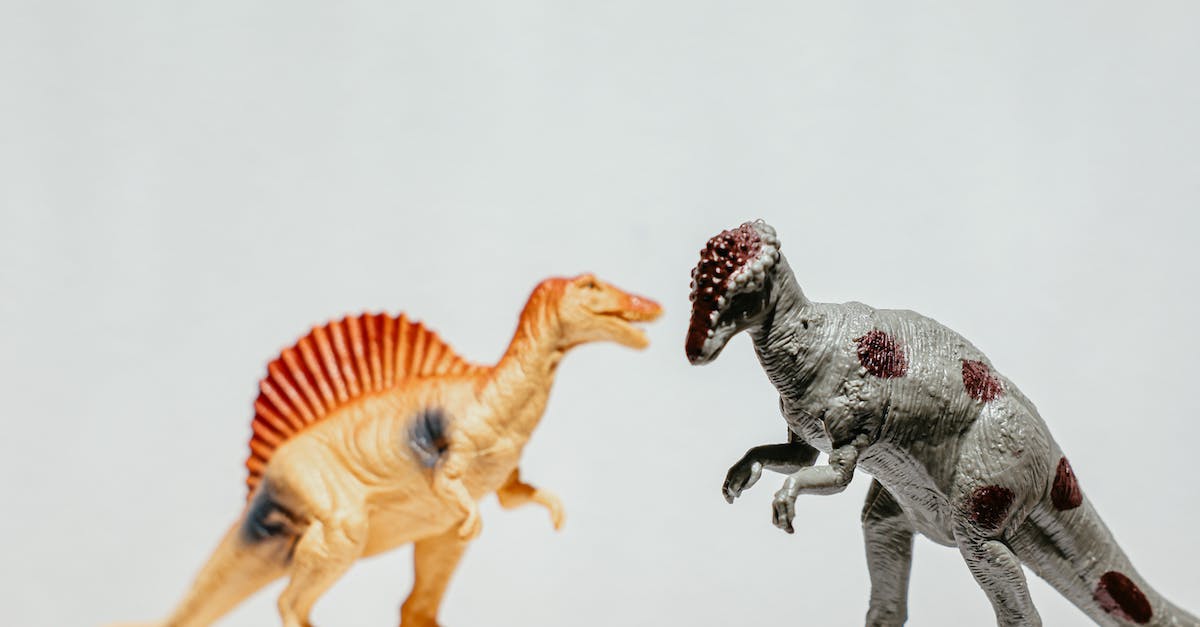
Reptiles have fascinated humans for centuries with their unique features and behaviors. These cold-blooded creatures are classified under the phylum Chordata and belong to the subphylum Vertebrata. They are characterized by their scaly skin, the ability to lay eggs, and their ability to regulate their body temperature through external sources like the sun.
The first reptiles are thought to have evolved from advanced amphibians around 320 million years ago during the Carboniferous period. One of these early reptiles was the Hylonomus, a small lizard-like animal that lived in the forests of what is now Canada. Other early reptiles, like the Dimetrodon, had distinctive sails on their backs that helped them regulate their body temperature in a hot, dry climate.
Reptiles have since diversified into a wide variety of shapes and sizes. Some, like the Komodo dragon, are the largest lizards in the world, while others, like the tiny gecko, can climb walls and ceilings thanks to their sticky toe pads. Snakes, with over 3,000 species, inhabit nearly every corner of the world and exhibit a range of adaptations, from the venomous fangs of the cobra to the constricting coils of the python.
Despite their diversity, almost all reptiles share one crucial feature: their skin. Covered in sturdy scales, reptile skin provides an efficient barrier against dehydration and physical injury. Some reptiles even shed their skin in one piece, like the reticulated python, or use brightly colored scales to warn predators of their venomous nature, like the coral snake.
Overall, reptiles are a fascinating group of animals with a rich evolutionary history and a remarkable range of adaptations. Whether small or large, terrestrial or aquatic, they continue to captivate our imaginations and remind us of the incredible diversity of life on this planet.
Reptile biology: anatomy, scales, and skin differences
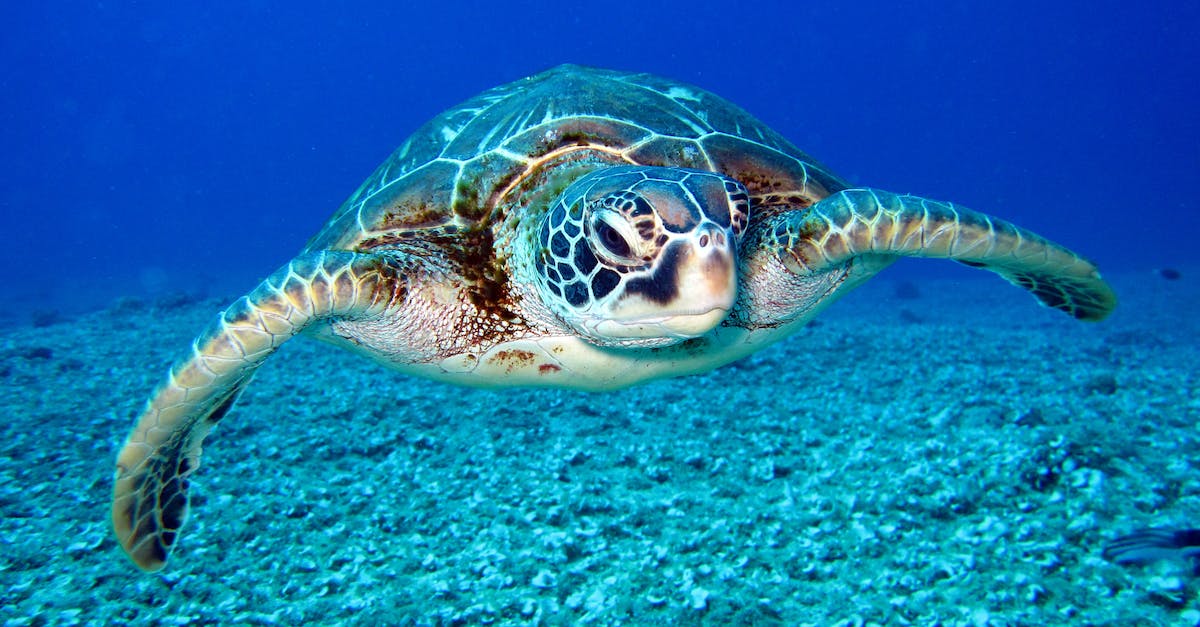
Reptiles have been around for millions of years and come in a variety of shapes and sizes. From the tiny gecko to the massive crocodile, these cold-blooded creatures have a unique biology that sets them apart from other animals.
Anatomy:
- Body: All reptiles have a backbone, meaning they are vertebrates. They also have a skull and ribs to protect their internal organs.
- Limbs: Reptiles usually have four legs, but some, like snakes, have lost them throughout evolution. Some species of lizards have the ability to regrow their tails when threatened by a predator.
Scales:
- Function: Scales serve as a protective layer for reptiles, acting as a barrier against predators and injury. They also prevent loss of moisture from the skin, helping reptiles to conserve water in their environment.
- Shape and size: The shape and size of scales vary depending on the species of reptile. Snakes have overlapping scales that allow for flexibility, while crocodiles have large, bony scutes that provide extra protection.
Skin differences:
- Texture: Reptile skin can range from smooth to rough, with some species possessing specialized scales or other features that give them extra grip.
- Color: The color of reptile skin can help with camouflage or communication with other individuals of the same species. Some reptiles can even change color, such as chameleons, to blend in with their surroundings or to display aggression or mating behavior.
Overall, reptiles have unique anatomical features that allow them to survive in diverse environments around the world. Understanding their biology and adaptations can help us appreciate the impressive diversity and resilience of these fascinating creatures.
Reproduction habits: diverse approaches to reproductive success
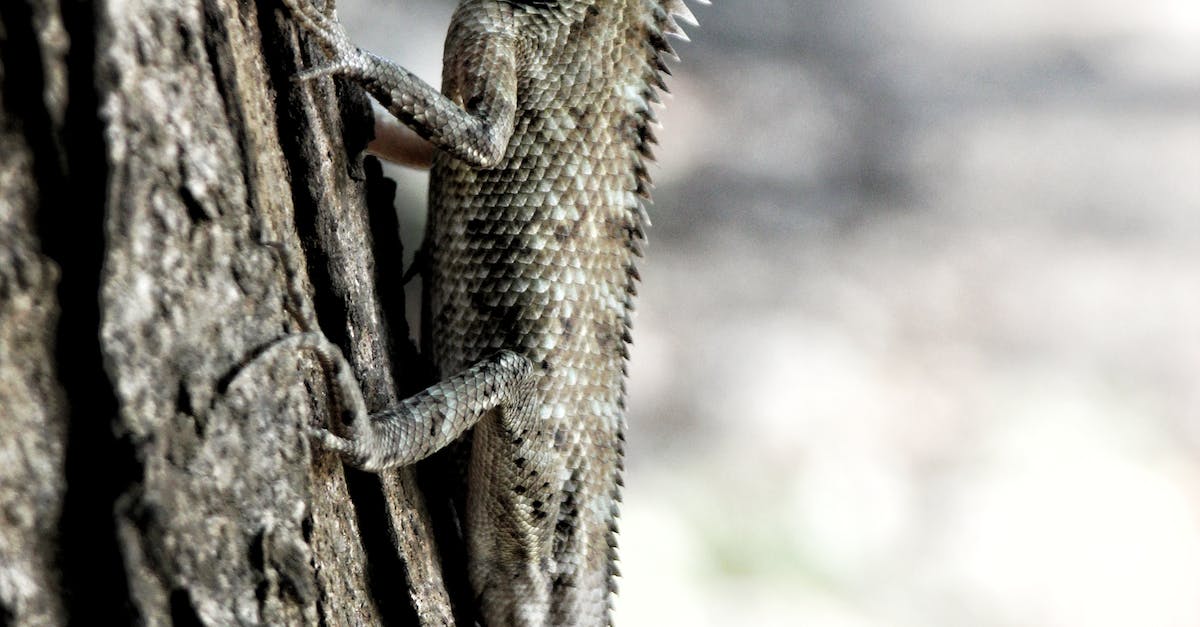
As we explore the diverse world of reptiles, it is fascinating to learn about the different strategies they employ to ensure reproductive success. Let’s take a closer look at some interesting facts about the reproduction habits of reptiles:
- Oviparity: Some reptiles, like snakes and lizards, lay eggs that hatch outside the body. This is known as oviparity. These animals rely on external factors like temperature and humidity to incubate their eggs and ensure successful hatching.
- Viviparity: Other reptiles, like some snakes and lizards, give birth to live young that have developed inside the mother’s body. This is known as viviparity. These animals have evolved to develop complex placental structures that provide the developing young with nutrients and oxygen.
- Parthenogenesis: Some female reptiles can reproduce without a male, a process known as parthenogenesis. Essentially, the female reptile’s eggs develop into embryos without fertilization. This fascinating process has been observed in a variety of reptile species including some snakes and lizards.
Reptiles have developed a range of reproductive strategies that enable them to thrive in a variety of environments. Understanding these different approaches to reproductive success can help us appreciate the incredible diversity of the reptile world.
Carnivorous diets: what and how reptiles eat
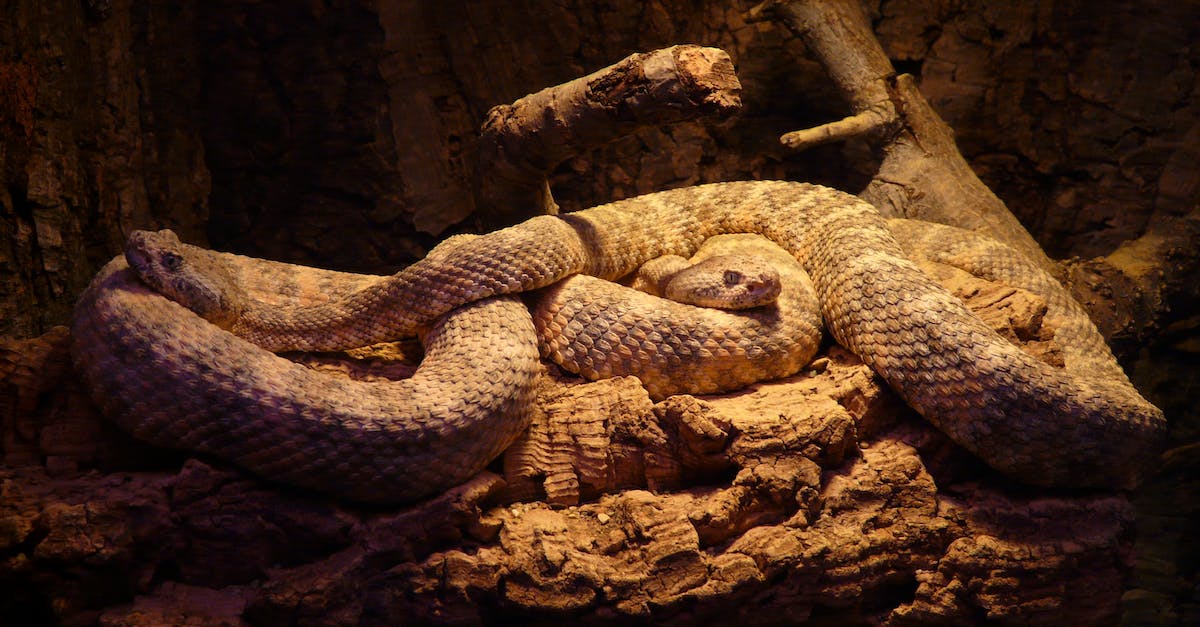
As we delve into the world of reptiles, it’s impossible to ignore their carnivorous diets. These cold-blooded creatures have evolved to eat a variety of prey types, and their hunting techniques can range from stealthy and patient to lightning-fast strikes. Here are some interesting facts about what and how reptiles eat.
- Snakes and their unhinged jaws: Snakes are known for their ability to swallow prey whole, thanks to their unique anatomy. Their jaws are not fused together like human skulls, but rather are connected by flexible ligaments, allowing them to open their mouths to nearly 180 degrees. This enables them to consume prey much larger than their own heads, which may include other reptiles, small mammals, and even birds.
- Chameleons and their lightning-fast tongues: These unique lizards are recognized for their ability to change colors to blend in with their surroundings, but they are also skilled hunters. Chameleons use their eyes to track prey, and when they identify a target, their tongues shoot out at lightning speed, snatching insects with adhesive secretions on their tongues.
- Alligators and their ambush hunting: Alligators are apex predators, and they use their powerful jaws and stealth to capture prey in the water. They often lay in wait, partially submerged with only their eyes and nostrils above water, until unsuspecting prey comes close enough for a quick attack.
- Komodo dragons and their venomous bites: While their diet is largely composed of carrion, these large lizards are also fearsome hunters. They use their sense of smell to locate prey, and when they bite, the venom in their saliva both weakens and paralyzes the victim. This allows the Komodo dragon to track its prey until it succumbs to the venomous bite.
These remarkable reptiles have developed specialized hunting techniques and diets that make them ferocious predators. From snakes swallowing prey whole to Komodo dragons delivering venomous bites, their methods are as unique as the animals themselves.
Defense mechanisms: adaptations for protection and deterrence
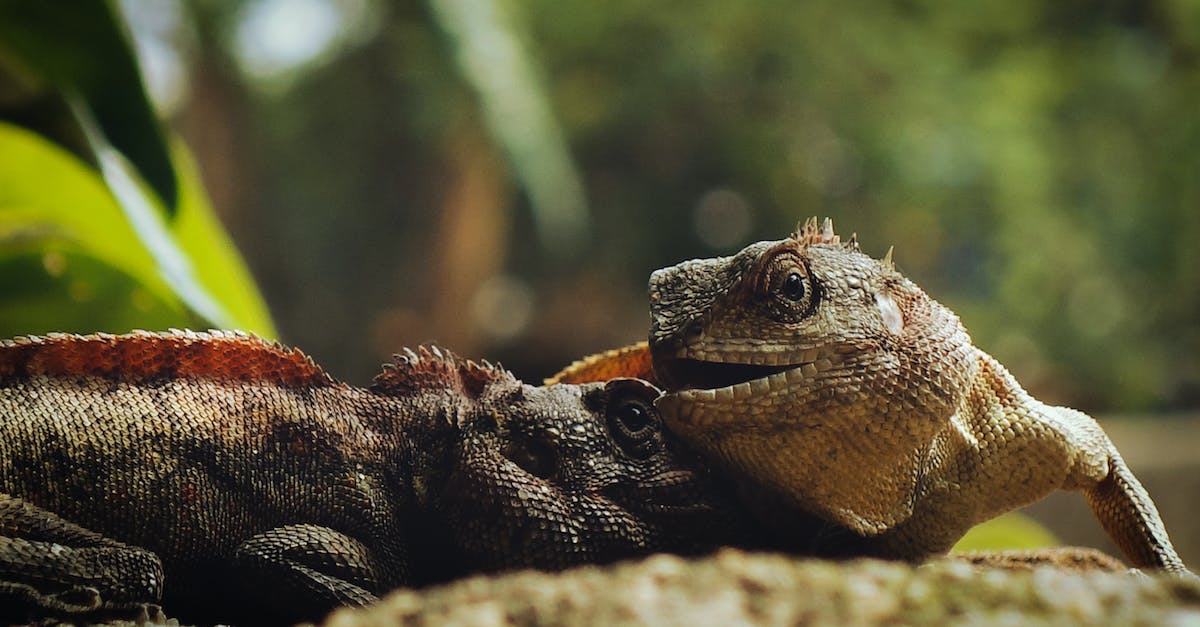
As we venture into the fascinating world of reptiles, it is important to learn about their defense mechanisms. These adaptations are crucial for their protection and deterrence.
- Camouflage: Many reptiles have the ability to blend in with their surroundings, making them difficult to spot for predators. For example, chameleons are known for their remarkable color-changing abilities that allow them to match the colors of the plants they perch on.
- Venom: Some reptiles, such as snakes and lizards, use venom as a means of defense. Venom can cause paralysis or even death to its prey or predator. However, not all venomous reptiles are dangerous to humans, as they may only use their venom as a last resort.
- Armor: Many reptiles have evolved thick, tough skin or armor plating to protect themselves from predator attacks. Armadillo lizards, for example, have a bony armor that covers their entire body.
- Tail detachment: Certain lizard species have the ability to detach their tails when threatened. This is known as autotomy and it allows the lizard to escape from predators while the detached tail continues to move, drawing the predator’s attention away from the lizard.
- Hissing: Some reptiles, such as snakes, can hiss loudly to startle their predators or warn them to back off. This can be an effective way of deterring predators without causing physical harm.
In conclusion, reptiles have evolved an array of fascinating defense mechanisms that help them protect themselves from predators and survive in their respective habitats. From camouflage to tail detachment, these adaptations are an essential part of their survival.
Examples of famous and exotic reptiles: mythic snakes, ancient turtles, and widespread lizards
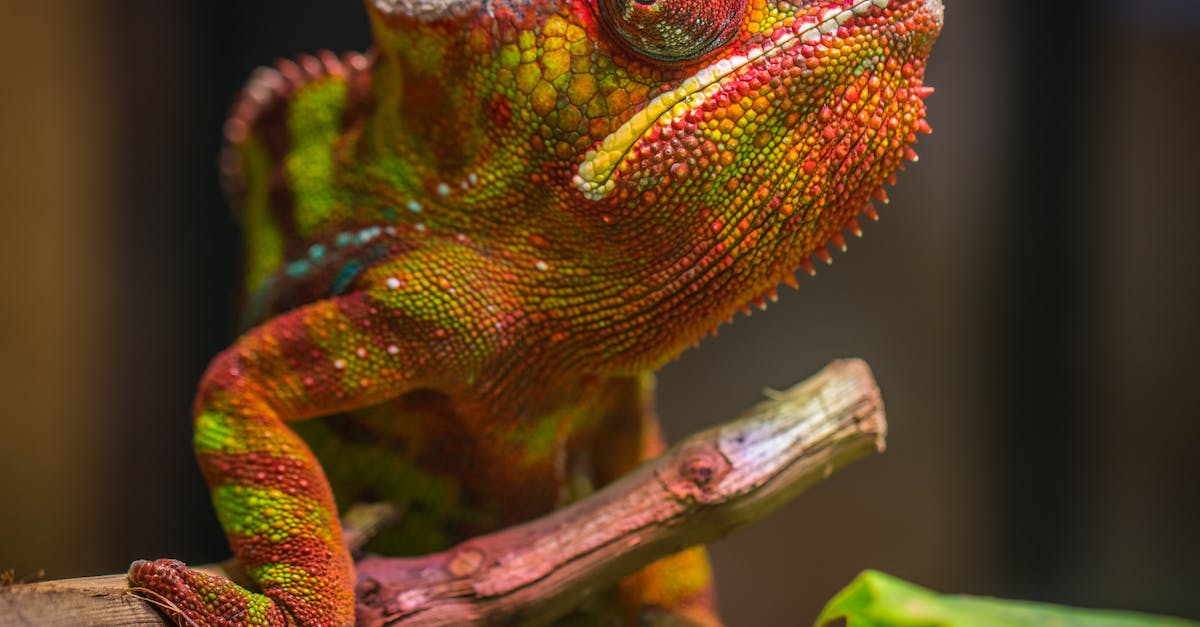
As I delve into the world of reptiles, I can’t help but be amazed at the incredible creatures that roam our planet. From mythic snakes to ancient turtles, reptiles have been around for millions of years and continue to fascinate us with their unique traits and behaviors. In this article, I’ll take you on a journey through some of the most interesting facts about reptiles, specifically highlighting six famous and exotic reptiles that are sure to captivate your attention.
1. The Komodo Dragon: Native to Indonesia, the Komodo Dragon is the world’s largest living lizard and a true apex predator. These fierce creatures can grow up to 10 feet long and weigh over 300 pounds, making them a formidable opponent for any prey. What makes them even more fascinating is their venom, which they use to take down larger animals. Despite their size and power, Komodo Dragons are a threatened species, with only around 5,000 left in the world.
2. The Gharial: Found in the rivers of India and Nepal, the Gharial is a unique and iconic reptile. With its long, narrow snout and sharp teeth, it’s easy to see why it’s sometimes called the “fish-eating crocodile.” Unlike most crocodiles, however, the Gharial feeds almost exclusively on fish, which has resulted in its snout evolving to become more streamlined and efficient at hunting underwater.
3. The Tuatara: Native to New Zealand, the Tuatara is an ancient reptile that has changed very little over the past 200 million years. In fact, they’re so unique that they’re the only surviving members of their entire order, making them a true living fossil. What’s even more remarkable is their ability to live for over 100 years, which is incredibly rare for such a small animal.
4. The Boa Constrictor: The Boa Constrictor is one of the most well-known snakes in the world, and for good reason. With their muscular bodies and ability to swallow prey whole, they’ve earned a reputation as one of the most powerful and efficient hunters in the animal kingdom. They’re found throughout Central and South America, and some species can grow up to 14 feet long.
5. The Galapagos Tortoise: Found only on the Galapagos Islands, the Galapagos Tortoise is the largest tortoise in the world and can live up to 150 years. They’re also incredibly resilient, with some species able to go without food or water for up to a year. Unfortunately, they’re also endangered due to habitat loss and hunting, but efforts are being made to protect their populations.
6. The Frilled Lizard: Last but not least, the Frilled Lizard is one of the most unique and fascinating lizards in the world. Native to Australia and New Guinea, they get their name from the frill around their neck that they use to intimidate predators or attract mates. They’re also excellent climbers and can run on their hind legs, making them one of the most entertaining and impressive reptiles to watch in action.
As you can see, reptiles are a truly incredible and diverse group of animals, and these six examples only scratch the surface of what’s out there. Whether you’re a reptile enthusiast or just curious about the natural world, there’s always something new and exciting to discover about these fascinating creatures.
Conclusion
And there we have it, ladies and gentlemen! Some truly fascinating facts about our scaly friends in the reptile kingdom. From the speedy gecko that can climb walls like Spiderman to the deceptive chameleon that can change colors in the blink of an eye, these creatures never cease to amaze us.
But let’s not forget the star of the show, the mighty crocodile. Incredibly, these ancient beasts have remained virtually unchanged for millions of years, proving once again that you don’t mess with perfection.
So the next time you encounter a reptile in the wild or at your local zoo, remember just how unique and extraordinary these creatures are. And who knows, with a bit of luck, you may even witness a snake shedding its skin or a tortoise living to the ripe old age of 100.
As Sir David Attenborough would say, “The world is full of wonders, and we have only just scratched the surface.” So let’s keep exploring and discovering all the weird and wonderful things that make our planet so enchanting.

